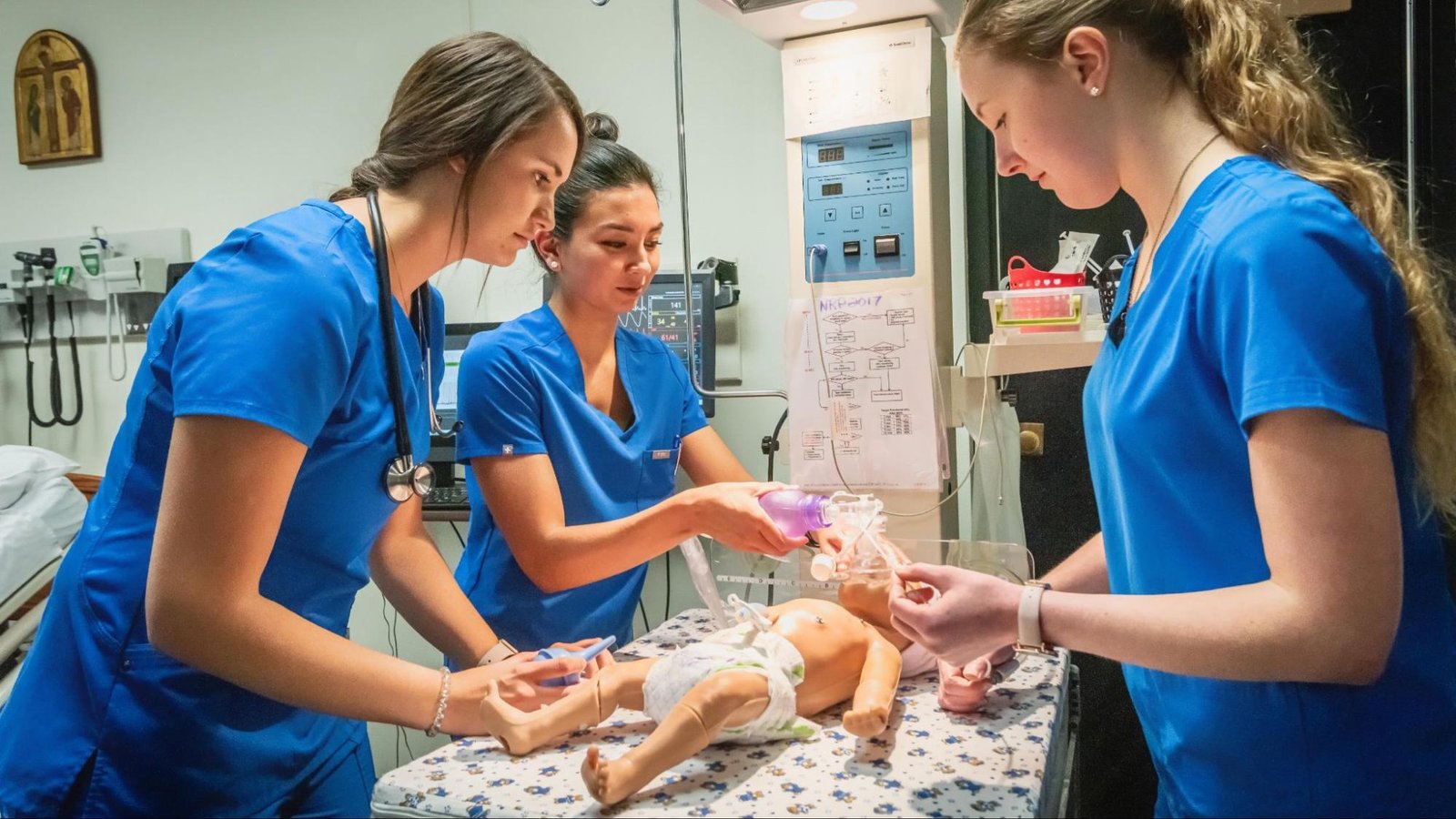Today is our topic of discussion is Stool Routine Test and Culture.
Stool Routine Test and Culture

STOOL-ROUTINE TEST AND CULTURE
Collection of stool specimen for specific or routine tests- (stool culture to detect abnormal characteristics). Steps in stood collecting procedure is discussed in
Purpose
- To identify specific pathogens
- To determine presence of blood, ova and parasites
- To determine presence of fat
- To do gross examination of stool characteristics such as color, consistency and odor.
Normal Characteristics of Feces
- Color: Light to dark brown
- Odor: Pungent smell
- Frequency: 1-2 times per day
- Quantity: 4-5 ounces per day
- Composition: 30% water, shed epithelium from the intestine, a considerable quantity of bacteria and a small quantity of nitrogenous matter
- Stool of infants: At birth, the stool of infants is dark green and it is called “meconium”

Abnormal Characteristics of Feces
Color
- Tarry black stools-bleeding in the upper gastro- intestinal tract
- Black color stool-melena, administration of iron or
- charcoal
- Clay colored stool-obstruction to the flow of bile
- White colored stool-presence of barium salts after barium tests.
Odor
- Melena and dysentery-foul smell.
- Frequency
- Diarrhea- increased frequency
- Constipation-decreased in frequency and low residue diet.
Consistency and Form
- Watery stools-diarrhea
- Rice water stools – cholera
- Pea soup stools-typical of typhoid fever.
Appearance
- Fresh blood in large amounts-bleeding piles
- Blood and mucus stool-amoebic or bacillary dysentery
- Worm or segments or worms in stool-parasitic cysts, ova or larvae.

General Instructions
- Fecal specimens are collected for chemical bacterio- logical or parasitological analysis .
- Fecal specimens should be collected in the early stages of disease preferably before antibiotic treatment is given .
- Stool specimens should be collected in a sterile container (making use of the scoop provided in the container) with a tight-fitting leak proof-lid (Fig. 23.6).
- After collection, the lid should be immediately replaced tightly.
- After proper labeling, the collected stool should be handed over to the laboratory without delay.
Read more:
